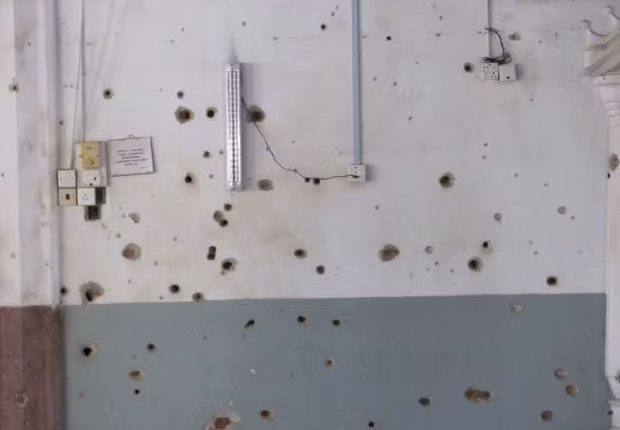Kattankudy massacre and the questions that refuse to die
By Hana Ibrahim
On August 3, 1990, one of the grimmest nights in Sri Lanka’s protracted ethnic strife, the Kattankudy Mosque in the Eastern Province became the site of unspeakable horror. As dusk settled and devout Muslim men assembled for Isha (night) prayers, the Liberation Tigers of Tamil Eelam (LTTE) stormed the mosque. What followed was a calculated massacre: over 147 worshippers – fathers, sons, elders, and children – were mercilessly slaughtered inside their place of sanctuary. The world was left to grasp the enormity of an act that remains among the most monstrous assaults on Sri Lanka’s Muslim community.
Remembering the Victims—And Unanswered Questions
Each August, the pain resurfaces for survivors and loved ones. While Islam and the broader spirit of humanity teach forgiveness, the trauma carved into the memories of Kattankudy’s survivors is indelible. For many, the attack was not an isolated act of terror – it was part of the LTTE’s broader, systematic campaign against Muslims in the North and East: forced expulsions, coordinated assaults, and efforts to erase an entire community from areas coveted for a Tamil homeland. The LTTE’s violence was designed to instil terror and force a population into flight, branding Muslims as obstacles in their quest for an independent Tamil state.
But as we mourn, unsettling questions fester – questions we, as a nation, have yet to fully address. Kattankudy was, at the time, encircled by armed groups: Tamil militants aligned or collaborating with the Sri Lankan state, anti-LTTE factions, and the omnipresent Special Task Force (STF) and intelligence networks. How did the LTTE infiltrate such a tightly monitored town, execute a meticulously planned massacre, loot valuables, and then withdraw—seemingly unchallenged?
Raising Difficult Truths
This is not the first atrocity in the East that stirs suspicions of collusion or calculated negligence. The murder of 800 police officers in the province carries similar doubts—was there, in some corners of government, a silent hand that allowed or abetted these tragedies? Was Kattankudy a shared crime between enemies bent on using communities as pawns in a larger and bloodier chess game? These are not comfortable questions – but history demands we confront them.
Calls for a thorough, independent investigation have echoed for decades, rarely answered and often silenced. Justice has been delayed for so long it now seems like a remote hope. Yet, the need remains: for truth, for accountability, and for a reckoning with those who let this happen.
Why Kattankudy Still Matters
We cannot allow selective amnesia to anesthetize our empathy or dull our collective conscience. Kattankudy represents more than a statistic; it is a wound that has blurred with time but never truly healed. The survivors seek not only recognition but also a meaningful commitment from all Sri Lankans: to remember, to honour, and above all, to ensure that never again will such savagery find a home here.
Forgiveness is a powerful virtue, and reconciliation is the only path to a united future. But forgiveness does not mean forgetfulness—nor does it let those responsible off the hook. The massacre at Kattankudy must be a warning etched in our history: sectarian hatred breeds only division and death. We all have a stake in ensuring that justice, unity, and compassion form the pillars of the Sri Lanka our children inherit.
We may forgive. But we must never forget. Only then, through truth and remembrance, will we build a Sri Lanka where the ghosts of the past can finally rest—and no community ever again faces such brutality in silence.
-ENCL



Comments are closed, but trackbacks and pingbacks are open.